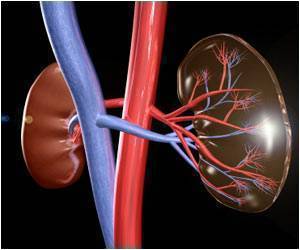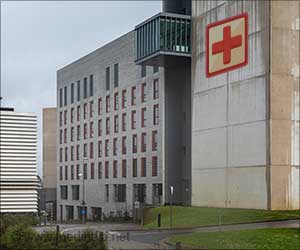The Cincinnati Children’s Hospital Medical Center, situated in the Ohio state, is drawing patients from far flung cities. And its strategies seem to be worthy of emulation elsewhere too.
A particularly laudable is the way it rigorously tracks how its patients fare, both in the hospital and after they leave.Many hospitals might claim to offer high-quality care. But they often have only the vaguest notion of how well their patients are doing, aside from a few basic measures like whether they survive surgery.
Cincinnati Children’s is among the relatively few medical centers that meticulously collect a wide range of data, to let the hospital see whether patients are getting good, effective care — and to look for ways to improve.
By precisely tracking how many patients develop surgical infections, for example, and why, Cincinnati Children’s has been able to identify ways to reduce that number by more than half — to 42 last year compared with 95 in 2005.
By carefully charting measures like the range of joint motion achieved by juvenile arthritis patients, to cite another example, the hospital is trying to identify the most effective therapies and adopt them as standard treatments.
And demonstrating the value of dealing with the practical aspects of a patient’s medical condition, Cincinnati Children’s can point to data showing that 95 percent of children with severe intestinal abnormalities who complete its bowel-management program are able to leave wearing normal underwear.
Advertisement
Identifying specialties where it can excel, and pursuing them with a business-minded operational rigor, helped the nonprofit hospital take its place among the nation’s best pediatric centers. It now vies for patients with the likes of Children’s Hospital Boston, affiliated with Harvard, or the Children’s Hospital of Philadelphia.
Advertisement
The colorectal center enables children to get coordinated treatment from different specialists, and spares parents the frustration of navigating a maze of tests, consultations and procedures by handing them a detailed itinerary when they arrive.
Hospital officials say the center, which treated 430 patients last year, is the only one of its kind in the country.
“Nobody has seen the number of patients we have seen,” said Dr. Alberto Peña, the center’s director.
And when it was found that there was significant room for improvement was treatment of cystic fibrosis patients, the hospital began tracking the lung function of the patients more closely, ensured that more of them got flu shots and concentrated on improving the nutrition of those who were seriously underweight.
(Cystic fibrosis (CF) is an inherited disease that affects the lungs, digestive system, sweat glands, and male fertility.)
Since those initiatives, the hospital has made considerable strides.
A few years ago, it also started a successful program with local pediatricians to better manage asthma in the community by making sure every patient had a treatment plan and that doctors had a way of responding to problems that surfaced when their offices were closed.
There has been a significant drop in the number of asthmatic children showing up in the hospital’s emergency room or being admitted.
These days, Cincinnati Children’s devotes its energy to narrow specialties where it can develop a true expertise — like Fanconi anemia, a rare genetic disease that leads to bone marrow failure.
The more patients it attracts in one of its specialties, in other words, the better care the hospital can deliver, making it even better able to compete for future patients.
The strategy’s success can be measured in the hospital’s operating revenue, which has grown by about 50 percent over the last three years, to just over $1 billion for fiscal 2006. The figure includes the mounting research grants pulled in by some of the top medical specialists whom it has recruited from around the country.
“Cincinnati Children’s is a good example of a provider moving voluntarily down the path towards value-based care delivery or value-based competition,” said Michael E. Porter, a Harvard Business School professor.
Source-Medindia
GPL





